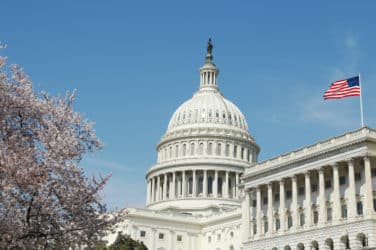
Pension Boards—United Church of Christ (PBUCC), which provides pension, employee benefits, and health coverage to the church’s ministers and lay employees, has historically run a fixed income strategy that was entirely investment grade and domestic focused, hence conservative by pension standards.
This proved out as it outperformed many other fixed income funds in its peer universes during the global financial crisis, but then generated relatively lower returns during the recovery years. Still, 2009-12 were solid years for the bond fund – each returning between 6 and 11%.
When Andrew Russell took over as fixed income portfolio manager in early 2005, the trailing 5 and 10 year returns were each in the 7% +/- area – a function of falling interest rates. Nearly ten years later, trailing returns are only modestly less, currently 6% for trailing 5 years and 5% for trailing 10 years – also a function of falling interest rates.

Andrew Russell, Pension Boards—United Church of Christ
“The outlook for investment grade and/or core-fixed portfolio returns is no longer so appealing,” said Russell. “Consequently we’ve had to restyle the bond fund.”
Within the fixed income area a global increase in non-benchmark related fixed income searches has taken place. “Given the potential for modest future returns from government bonds, we have worked to identify how clients can protect themselves from the impact of rising interest rates,” said Paul Cavalier, head of Mercer’s Fixed Income Boutique, in a statement. “As a result, we have seen an increased amount of client searches in absolute return, unconstrained bond and multi-asset credit funds.”
In late 2011, after much analysis and consideration by the investment committee, the consultant, the CIO, and Russell himself, PBUCC’s portfolio mix was changed in response to the reality of lower rates and lower expected returns from the core-fixed strategy.
“We expanded the fund’s reach into other fixed income opportunities – which included newly adopted satellite strategies that offered greater appeal – in particular greater diversification and higher long term expected returns,” Russell said. “Even so, our bond fund still refrains from shorting, the use of derivatives, and leverage.”
PBUCC offers its members a defined contribution plan which includes eight investment fund options commensurate with different levels of risk, including a bond fund and a stable value fund. The Bond Fund is offered on a stand-alone basis yet is also utilized as a subcomponent of other funds including the Balanced Fund and four different Target Annuitization Date Funds.
The Bond Fund, which totals $1.8 billion, uses a core-satellite approach to fixed income investing that consists of four separately managed strategies compiled into one fund. The Core-Fixed portfolio, comprising the bulk of the assets, is invested in an actively managed traditional portfolio of investment-grade U.S. dollar bonds of predominantly domestic issuers. It’s managed in-house by the fixed income team headed by Russell.
Satellite strategies include high yield, bank loan, and emerging markets debt portfolios. They are managed externally by investment managers chosen via a process led by CIO Dave Klassen, the fixed income team, the investment consultant, and the investment committee of the board of trustees.
The return of the total fund as well as returns of its sub-portfolios are monitored quarterly and judged over market cycles by comparing their performance both gross and net of fees to their respective index benchmarks and peer universes.
“Our policy targets the core-fixed strategy at 80%, bank loans at 10%, high yield at 5% and emerging markets debt at 5%,” Russell said. “Since the restyling of the Bond Fund, we have been reducing our allocation to the Core-Fixed portfolio so its current allocation is 76%, driven by modest overweights to the satellite strategies.”






